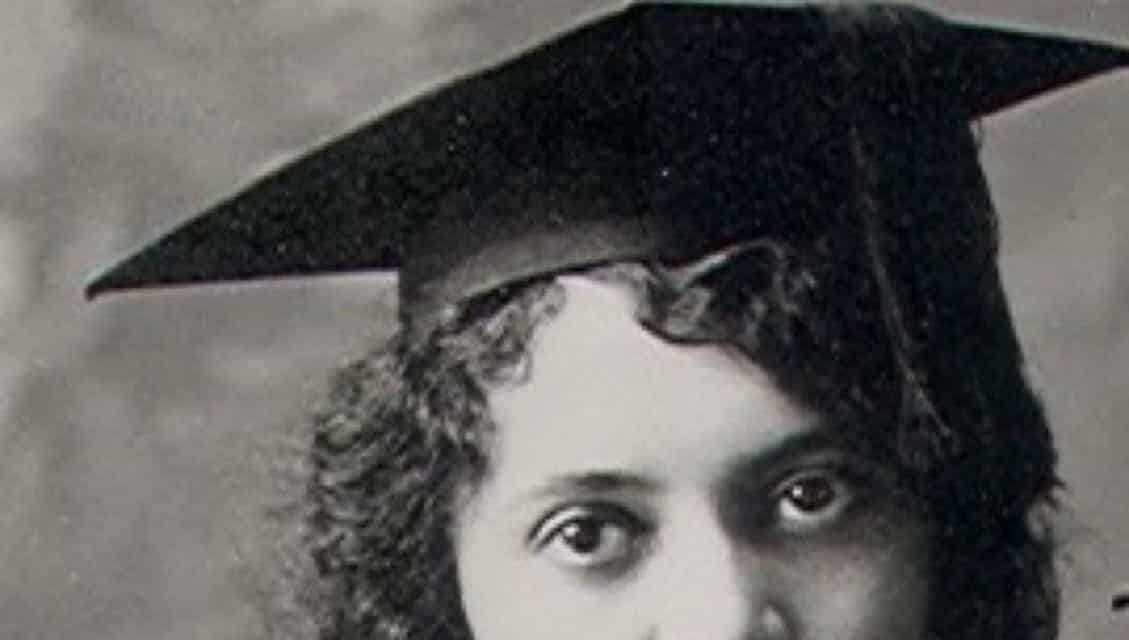Since 1976, the year of the American Bicentennial, each US President has designated February as Black History Month. It is also referred to as African American History Month, and its roots go much further back than 1976. They can be traced to September 1915. Jesse E. Moorland, an ordained Congregationalist minister and an executive with the YMCA, met with Carter G. Woodson. Woodson, a Harvard-educated historian and one of the first Americans to concentrate his studies on African American history, recognized the need for more extended education in African American history. Together, the two men helped establish the Association for the Study of Negro Life and History. Today it is known as the Association for the Study of African American Life and History (ASALH).

Besides instructing Black youths in African American history, both men recognized the need for better education on the topic for all races. They established, using the accepted parlance at the time, “Negro History Week“, the direct ascendant of today’s Black History Month. Woodson came to believe that White educators had no interest in Black history, and if he wanted to advance in his chosen profession, he needed to create the necessary infrastructure. He did, with the help of philanthropists including the Rockefeller Foundation, the Carnegie Foundation, the Julius Rosenwald Foundation, and others. Much of what is known of documented Black American History is the direct result of his efforts, creating professional historians to research and document a previously ignored topic.
1. The ASALH recognized that education presented the key to reduced racism

In order to offer a venue through which Black scholars and historians could publish their research and other papers, Woodson established the Journal of Negro History in 1916. It remains a publication today, under the name of the Journal of African American History. Primarily a publication outlet for Black scholars, it also publishes the works of White scholars, offering differing points of view. While Woodson recognized the value of exposing the works of his fellow Black historians, he also realized the need to offer Black history to students at the earliest levels of education. At the time school textbooks, particularly elementary school history texts were nearly entirely in the hands of White publishers. Woodson wanted history available to the youngest students.
In 1926, the ASALH, guided by Woodson, established the first Negro History Week, renamed Black History Week decades later. They deliberately selected the second week of February, since it contained the birthdays of Abraham Lincoln (February 12) and Frederick Douglass, believed to have been February 14 since, according to Douglass, his mother referred to him as “my little Valentine”. During the week the ASALH sponsored, along with the YMCA and local organizations, discussions, projects, field trips, and other activities dedicated to the exploration of American Blacks and their roles in and contributions to American history. They continued the project until 1976, when President Ford expanded it to Black History Month at the national level.

